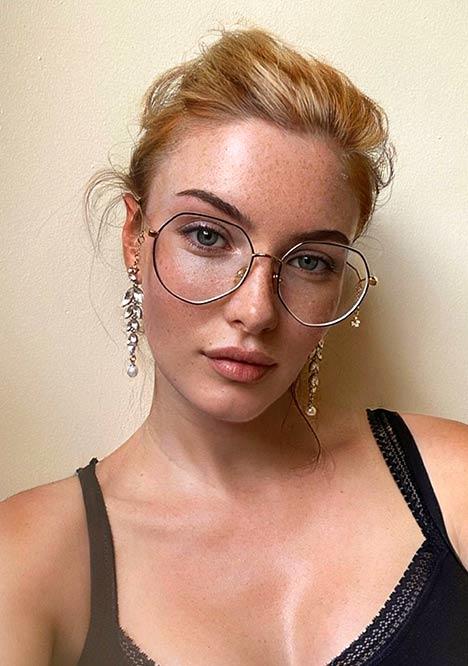Everything about 20/30 vision you should know
You surely know about the 20/20 vision, which is generally the goal of every person regarding vision quality. However, frequent visits to eye clinics for check-ups might tell you otherwise. You might be getting that 20/30 vision after a series of tests.

If this is your first time going for an eye check-up and seeing such a result, you’ll most likely be confused about what the 20/30 vision means. While your doctor can explain it to you, this article might also be helpful to you. Read along for more about visual acuity and whether one needs vision correction if they get 20/30.
What does 20/30 vision mean?
Technically, a 20/30 vision means the measurement of a person’s visual acuity representing how sharp the vision is at a distance. This score means that you’re capable of seeing things at 20 feet, which others with normal vision can see from about 30 feet away. The vision score further signifies that you must get closer to see things.
In most cases, your eye doctor will use the Snellen chart, the standardized chart developed by Dutch ophthalmologist Herman Snellen. The chart aims to determine how well you can see from a specific set of distances away. Eventually, those who struggle with visual acuity tests might need vision correction.
Is 20/30 vision good or bad?
While your distance vision is not as clear as those with normal vision, the 20/30 vision score still allows you to see various things quite well, regardless of whether you’re wearing prescription glasses. This means the 20/30 vision isn’t relatively bad. One must know that the specific score won’t affect daily activities like driving in familiar neighborhoods, reading books in moderate light, and recognizing faces in crowded restaurants.
However, there are instances when the 20/30 can be a con. A few of these situations are when one must drive long distances, pilot a ship or an airplane, or run complex and tiny equipment. Overall, whether the 20/30 vision is good or bad depends on the person's daily life and activities.
Does 20/30 vision need glasses for vision correction?
Many people with 20/30 vision can function well and live happily without glasses. This also means that there’s just room for improvement. Speaking with your eye doctor if you need your 20/30 vision correction is vital. As mentioned earlier, one might need prescription glasses or lenses for this type of vision score if it gets in the way of a person’s normal daily activities. If you have a 20/30 score and experience blurry vision, glasses or lenses can be ideal. Some doctors would suggest surgeries if needed, but they’re very rare.
Note that if you have blurred vision, that does not mean you automatically have a 20/30 vision. Let your eye doctor assess your condition before concluding and securing ways to improve your vision.
20/30 vision vs 20/20 Vision
There is no huge difference between the 20/30 and 20/20 vision. What doctors refer to as the normal vision is 20/20. You might have heard this several times while waiting for your eye check-up or when your doctor discussed vision scores. Generally, those with a 20/20 vision do not need corrections since little can be done to improve what is considered normal vision. While the 20/20 vision score is considered normal, the American Optometric Association says that this vision score could be better. You can have 20/20 and still struggle to see objects close to your face. In other cases, you can get a 20/20 vision and experience depth perception.
The 20/30 vision also does not require correction in most cases. However, some people wear eyeglasses or contact lenses to improve their vision. The main difference between the two is that those with 20/30 vision can see clearly at 20 feet, and those with 20/20 vision can see clearly at 30 feet.
Overall, your vision score is one of the primary bases for assessing the condition of your eyes. Doctors can conduct further tests if they discover underlying symptoms that affect your vision. After that, you can decide whether to use eyeglasses or lenses and check out the appropriate frames that best suit your style and needs.
More articles:
Eyeglasses trends 2024: more popular styles
What is CYL, AXIS and SPH in eye prescription?
Ultimate guide: how to read eye prescription
Blurred vision: what it is and how it happens
Everything about 20/25 vision you should know
What are 20/10, 20/20, and 20/40 vision?




















